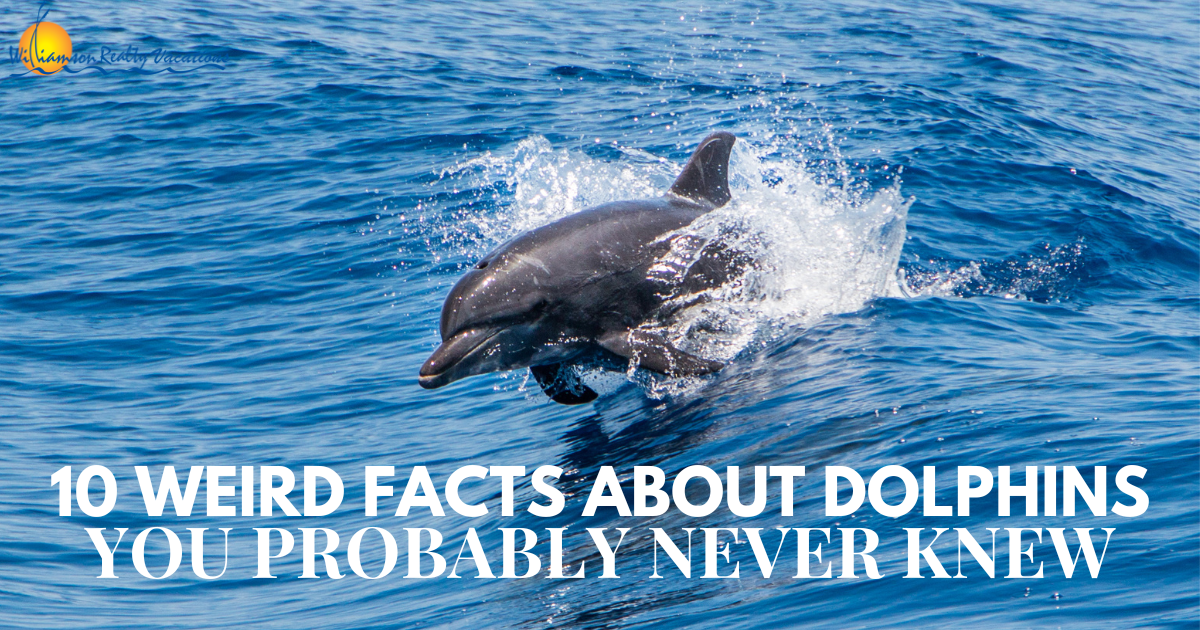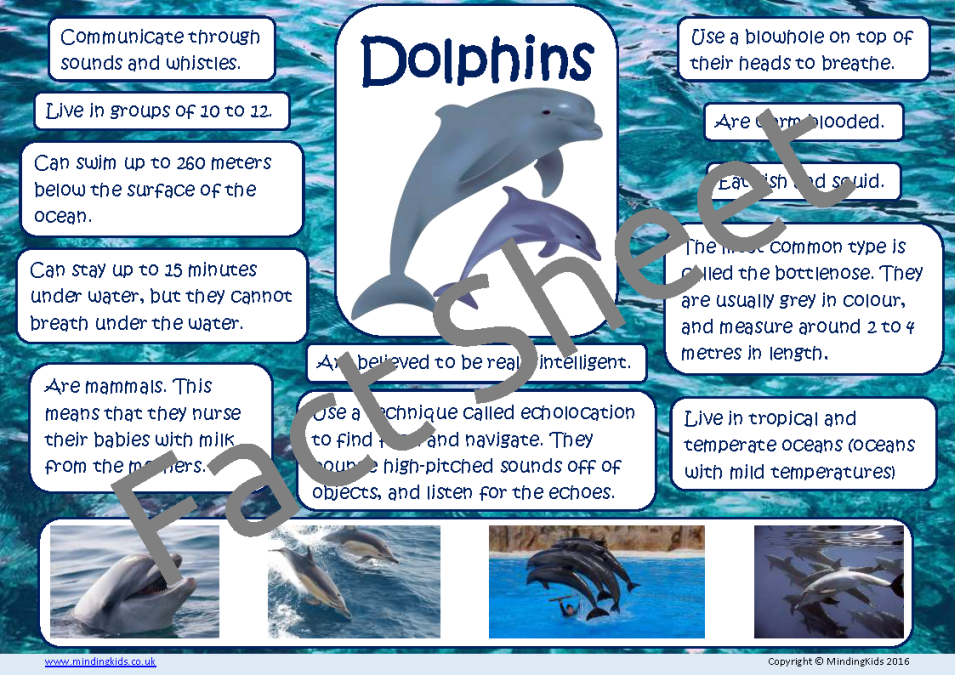Outstanding Dolphin Facts That Explain Their Extraordinary Navigation Abilities
Outstanding Dolphin Facts That Explain Their Extraordinary Navigation Abilities
Blog Article
Dive Into the Ocean: Exciting Dolphin Truths for Sea Lovers
The world of dolphins presents an interesting intersection of knowledge, social behavior, and environmental relevance. From their complex interaction methods to their remarkable analytic capacities, dolphins challenge our understanding of pet knowledge.
Dolphin Types Variety
Variety is a trademark of the dolphin family, including a vast array of types that exhibit distinct physical features, habits, and habitats. The family Delphinidae, frequently called oceanic dolphins, consists of roughly 37 types, each adapted to certain eco-friendly particular niches. As an example, the bottlenose dolphin (Tursiops truncatus) is renowned for its intelligence and convenience, thriving in both open and seaside sea settings.
On the other hand, the orca (Orcinus orca), typically described as the awesome whale, is the biggest member of the dolphin family and is identified by its striking black-and-white coloration. Orcas show complex social structures and hunting techniques, showcasing the behavioral diversity within the family. Other species, such as the spinner dolphin (Stenella longirostris), are noted for their acrobatic displays and preference for warmer waters, highlighting the adaptability of dolphins to various marine ecosystems.
Additionally, river dolphins, including the pink river dolphin (Inia geoffrensis), occupy freshwater atmospheres, even more showing the considerable environments that dolphins occupy. Dolphin Facts. This amazing variety not just improves aquatic communities however also emphasizes the value of conservation efforts to safeguard these remarkable creatures and their environments
Social Behavior and Interaction
The complex social habits and communication approaches of dolphins are essential elements of their existence, facilitating team communication and enhancing survival. These highly smart marine mammals show complicated social structures, usually creating shells that can vary from a few individuals to over a hundred. Within these teams, dolphins take part in actions such as participating hunting, social play, and common security, which foster solid bonds among participants.
Dolphins use a sophisticated selection of vocalizations, consisting of clicks, whistles, and body language, to convey details and express emotions. Their trademark whistles work as special identifiers, similar to names, making it possible for people to call out to each other. This singing communication is enhanced by non-verbal signals, such as leaping, slapping the water, and synchronized swimming, which further improves their interactions.

Special Feeding Practices
Distinct feeding habits characterize dolphins, showcasing their versatility and knowledge in different marine settings. These aquatic animals are known for their varied diet plans, which primarily are composed of fish, squid, and crustaceans. Their searching strategies can vary significantly, often customized to the particular prey and ecological conditions.
One remarkable approach is cooperative searching, where dolphins work in teams to herd institutions of fish right into limited formations, making it less complicated for individuals to catch their dish. This social behavior not just boosts their feeding performance yet likewise enhances social bonds within the shell. In addition, dolphins have been observed visit site utilizing a technique called "fish-whacking," where they utilize their tails to confuse or stun fish, assisting in easier capture.
One more remarkable feeding behavior is echolocation, which enables dolphins to find prey even in murky waters. On the whole, the unique feeding practices of dolphins highlight their duty as knowledgeable killers within the aquatic environment, showing both knowledge and ingenuity.
Intelligence and Problem Resolving
Their intelligence is apparent in their analytical abilities, social communications, and ability for knowing. Study has shown that dolphins can utilize tools, such as using marine sponges to safeguard their rostrums while foraging on the seafloor.
Moreover, dolphins show sophisticated communication abilities, utilizing a complex system of clicks, whistles, and body movement. Dolphin Facts. This interaction is vital for collaborating team tasks, such as hunting and mingling, showing their capability to function jointly towards an usual goal. Their capacity to recognize abstract ideas, including self-recognition in mirrors, better emphasizes their cognitive refinement
In controlled researches, dolphins have revealed an ability to address puzzles and carry out tasks that call for both memory and vital thinking. These interactions show not only knowledge but likewise a willingness to involve with their setting in novel methods. On the whole, the cognitive prowess of dolphins positions them amongst the most smart species on the world, cultivating a deeper gratitude for their duty in aquatic communities.
Preservation and Environmental Impact
Conservation initiatives focused on protecting marine ecological communities are important for maintaining dolphin populations and their habitats. Dolphins are very delicate to ecological changes, and their survival is elaborately connected to the wellness of nautical ecosystems. Overfishing, contamination, and environment modification present substantial hazards to both dolphins and their environments.
Overfishing interrupts the food web, bring about a decrease in target species vital for dolphin survival. Additionally, contaminants such as chemicals and plastics collect in aquatic settings, jeopardizing dolphins through ingestion and bioaccumulation. Boosted water temperature levels and ocean acidification, consequences of environment adjustment, better threaten the fragile equilibrium of marine communities, affecting dolphin breeding and migratory patterns.
By focusing on conservation initiatives, we can make sure that future generations enjoy the elegance and vitality of dolphins and the seas they inhabit. Securing marine environments is not just regarding saving dolphins; it is regarding maintaining the elaborate internet of life that sustains us all.
Verdict
Dolphins exemplify the complexity and splendor of aquatic life with their varied species, elaborate social frameworks, and advanced cognitive capabilities. Their one-of-a-kind feeding practices and interaction methods even more highlight their adaptability and intelligence. As crucial parts of aquatic ecosystems, dolphins highlight the need of ongoing conservation initiatives see to safeguard their habitats. Safeguarding Go Here these impressive creatures is vital not just for their survival yet also for preserving the health and wellness and equilibrium of ocean settings worldwide.
Other species, such as the rewriter dolphin (Stenella longirostris), are kept in mind for their acrobatic display screens and choice for warmer waters, highlighting the flexibility of dolphins to numerous aquatic environments.
On the whole, the unique feeding routines of dolphins highlight their function as proficient killers within the marine community, demonstrating both knowledge and ingenuity.
Generally, the cognitive prowess of dolphins puts them among the most smart varieties on the world, promoting a much deeper gratitude for their role in marine communities.

Report this page